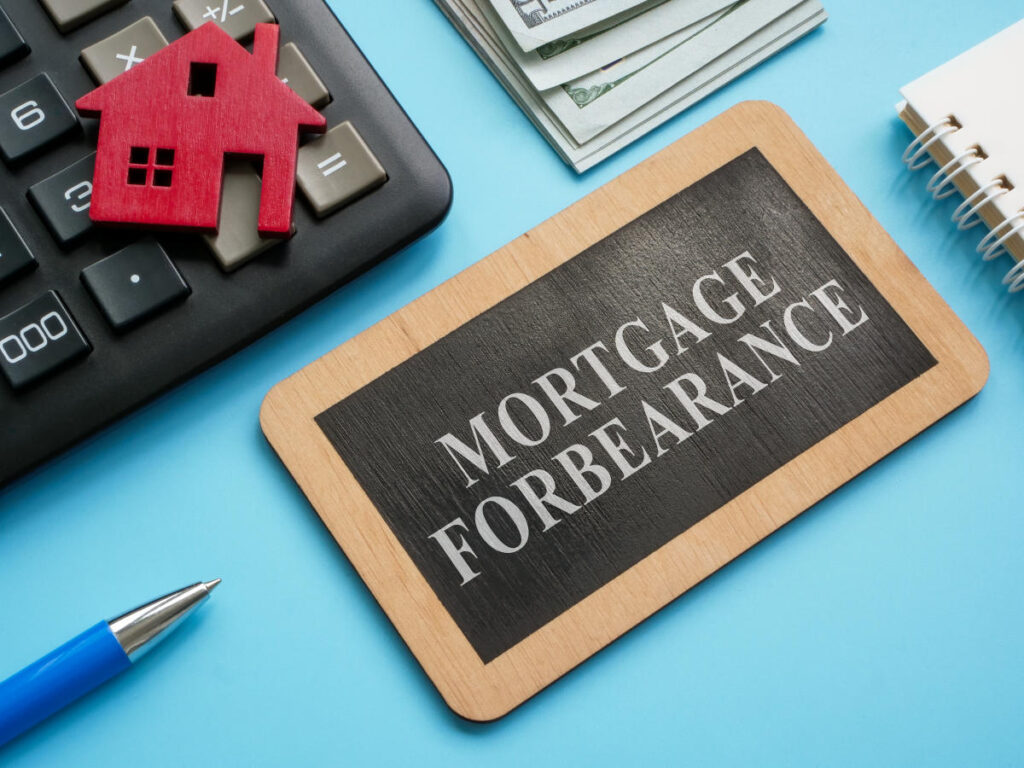Homeownership can come with unexpected challenges, such as job loss or health-related costs, which may jeopardize your ability to meet mortgage obligations. While a financial setback can cause you to forgo leisure activities, the repercussions can extend to serious issues like mortgage delinquency and potential foreclosure. Fortunately, mortgage forbearance serves as a lifeline, allowing homeowners to temporarily pause or reduce monthly payments while they work towards stabilization. As of October 2024, around 235,000 homeowners in the United States were actively in forbearance plans, a statistic indicating the relevance of understanding such options even if they represent a small fraction of total home loans.
Mortgage forbearance entails an agreement with your lender that enables you to lower or suspend payments for a designated period in response to financial difficulty. It is essential to note that forbearance does not equate to receiving a grant; once the forbearance period, generally lasting up to six months, concludes, the borrower is obliged to repay the corresponding amount. Homeowners can request forbearance by reaching out to their servicer or lender, discussing their situation, and learning about the specific options available. This process varies by lender, so proof of hardship may be required in the form of financial documents, such as bank statements.
While mortgage forbearance presents a viable temporary solution during uncertain times, it carries inherent drawbacks. It provides significant short-term relief by pausing or lowering payments and can stave off foreclosure, an intimidating prospect for homeowners facing hard times. Furthermore, it generally has less adverse effects on credit scores compared to mortgage defaults while allowing for the possibility of financial recovery. However, the accruing interest during the forbearance period adds another layer of complexity since borrowers must repay it alongside the missed payments once the period ends. Furthermore, forbearance does not equate to missed payments being forgiven, posing a risk of further financial distress should the borrower fail to improve their situation by the end of the forbearance period.
Post-forbearance, it is critical to be aware of how the mortgage lender communicates with credit bureaus regarding your credit status. If the lender opts to report the forbearance, it may still impact future loan approvals despite being less detrimental than a foreclosure. Hence, homeowners must evaluate their ability to make substantial repayments once the forbearance concludes before committing, aligning their options with their anticipated financial trajectory.
If a homeowner finds their financial challenges to be more than a short-term issue, alternative options might be more suitable than opting for forbearance. Loan modification is one such alternative, offering a permanent adjustment of loan terms, which could include lower monthly payments or an extended repayment timeline. Refinancing may also serve as a beneficial option, replacing an existing mortgage with one that has better terms. However, stringent qualification criteria typically accompany refinancing, including credit score and home equity stipulations.
Lastly, a repayment plan tailored for missed payments may be an ideal resolution if only a few monthly payments have been missed. This plan spreads out the total missed payments over successive mortgage payments, making it easier to manage rather than facing a lump sum repayment at the close of the forbearance period. Nevertheless, homeowners need to weigh their financial stability before pursuing such avenues, as long-term hardship may necessitate a reevaluation in favor of loan modifications or refinancing as more sustainable solutions over mere forbearance. While seeking temporary relief is valuable, understanding the broader implications of mortgage repayment strategies will empower homeowners to make well-informed financial decisions.

